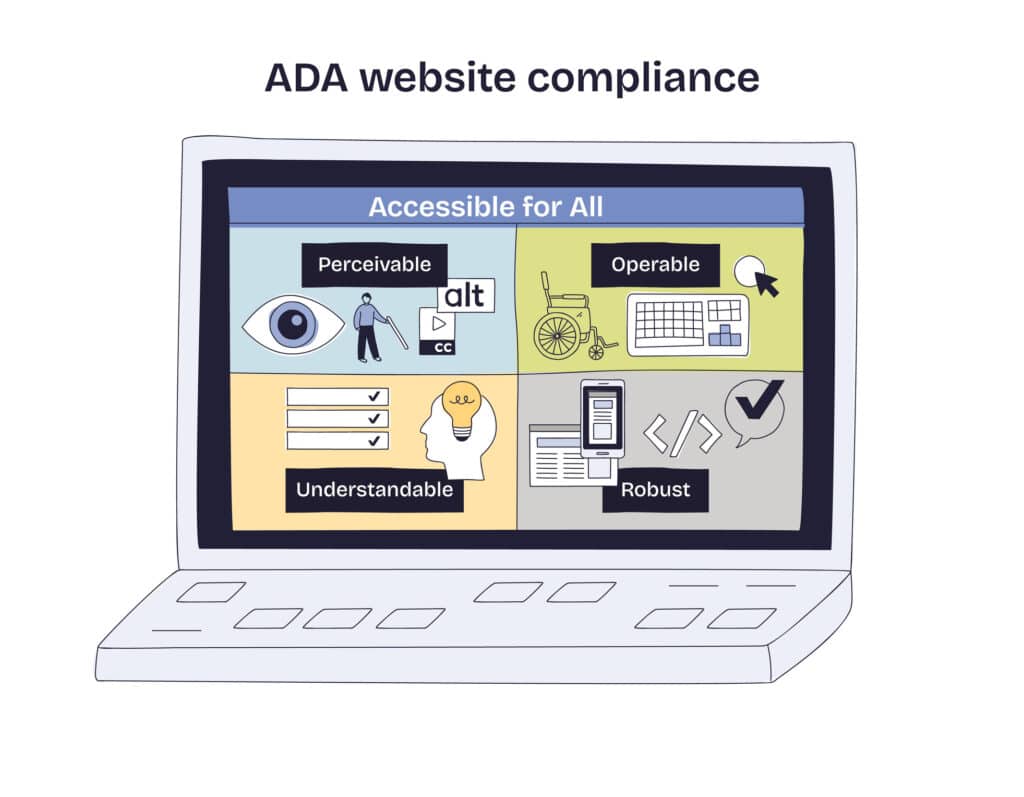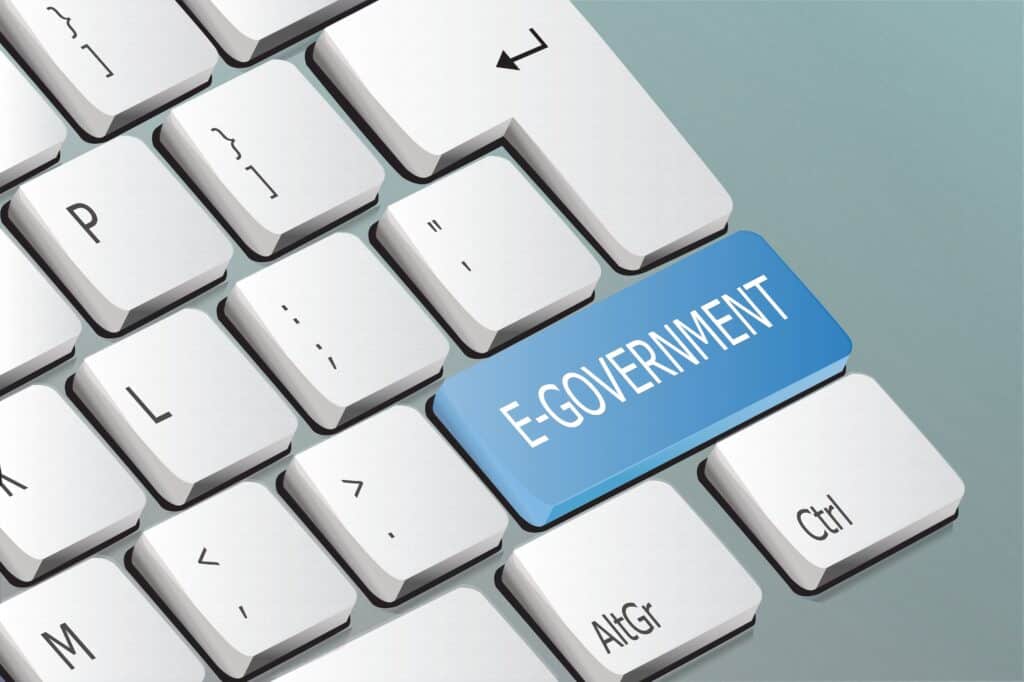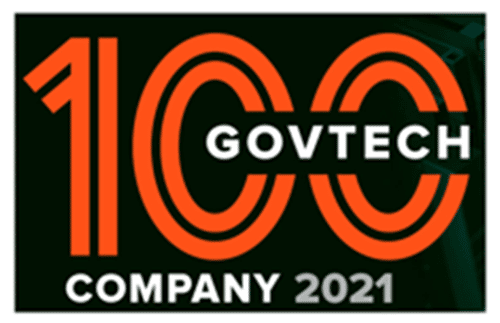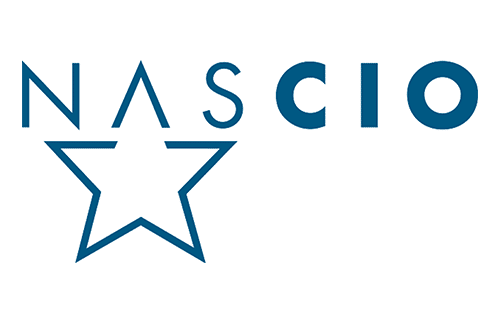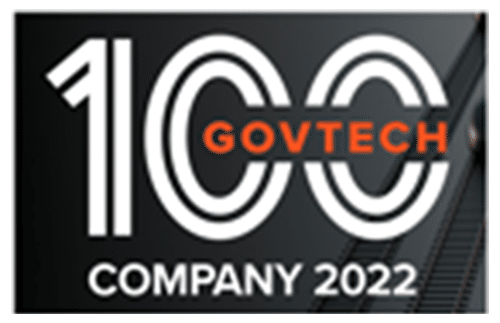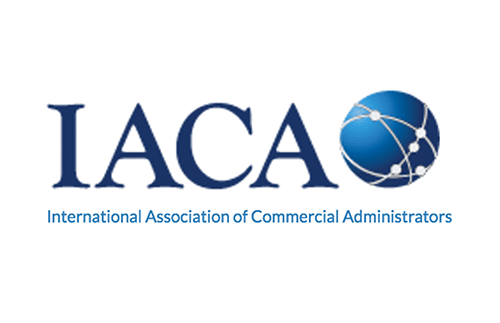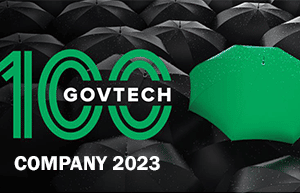Why adopt workflow automation solutions for government processes? The knee-jerk response that pops into mind might be, “There’s room for improvement,” often shortly followed by, “because there’s absolutely no way you could make them any worse.”
We reflexively give government agencies a bad rap because we’re so used to seeing the inefficiencies of governance at work whenever we go through a permitting process, deal with the court system, or stand in line for a driver’s license. Plus, we’re constantly hearing them lambasted by politicians or critics.
We conveniently forget the scale we’ve imposed on them, though. Whether it’s that DMV or the IRS processing tax forms, we’ve saddled these bureaucracies with the job of conducting regulatory and governance tasks on behalf of everyone in the citizenry, whether it’s scores of people in a small town or hundreds of millions of us nationwide.
They’ve got a big, often complex role to fulfill. Now, imagine the difficulties in carrying out those processes every day using relentlessly-mundane manual and paper-based workflows.
A survey of 1,516 government respondents by IDC found that 58% of constituent-facing processes and 46% of back-office processes relied on paper, not electronic data, and only 36% of the respondents said those processes were efficient and effective, compared to 52% in the private sector.
The positive impacts of workflow automation on governance ought to be obvious. What’s holding it back from universal adoption?
In large part, it owes to the budget crunches facing many municipal, state and even federal agencies. Knowing your processes are outdated and having the money to address the issue are two separate things. The scale of the problem can require serious investment, too, that can thwart even the most well-intentioned or public calls from the President for improvement. And even when they deploy new technologies, there’s a concern about whether or not they’ll violate compliance with security or privacy regulations.
Still, automating government workflows, especially now that agile and scalable SaaS solutions are available that are easy to adopt and integrate, is now a driving concern. The benefits these solutions are too real and too appreciable to be ignored, especially in an age when people want more efficiency and responsiveness from government, not the status quo.
So what are some of the things automation do to improve government operations?
1. Optimized workflows (and efficiency)
McKinsey estimates that “45 percent of work activities could be automated using already demonstrated technology,” and that certainly applies to the many repetitive and/or long-chain workflows we find in government.
Just by integrating existing hardware with advanced, SaaS-based form and document management and workflow automation software, agencies can automate those manually-intensive steps. The exposure, errors and delays associated with old-hat processes can be reduced or eliminated, along with the associated costs, while also ensuring there’s compliance with security and privacy mandates.
Documents and forms can be standardized across government bureaus and departments, and need never be lost or misrouted, as they’re permanently warehoused and easily retrievable in digital form. The entire process becomes far faster and more precise than ever.
As an example, let’s say a request is made for government documents related to a legal case or as part of a Freedom Of Information Act filing. The responding official can input a request, assign a case number, then have the request routed to the appropriate offices where further approvals are needed. The documents themselves are securely stored in a centralized archive, retrievable for printing and redaction (if needed) after the right approvals have been obtained. Handling and routing are managed by the automation platform, as well as error-prone tasks like batching, splitting, filing and indexing.
2. Cost containment and savings
According to the IDC study we mentioned above, there are serious cost benefits created by workflow automation that can be passed along to constituents, or used to improve services elsewhere. Respondents said that if they were able to remedy all the issues involved in their constituent-facing processes, they could reduce their overall costs by 9%.
Much of that would come from being spared the need to answer phone calls or send replies to emails, costly and time-consuming tasks that now can be handled through automated self-service web and mobile web sites.
Other impacts they anticipated? Improved employee retention and an improvement in their ability to attract younger workers.
Congress has been trying to get in on this game, recently re-introducing the Modernizing Government Technology Act (MGTA), intended to update the systems and processes behind Federal operations. As one of its bipartisan sponsors, Representative Will Hurd (R-Texas) explained, “The federal government spends $80 billion each year on IT systems and 80 percent of which is spent maintaining outdated, legacy systems. Our government needs to be able to introduce cutting edge technology into their networks to improve operational efficiency and decrease operational cost. The MGT Act does just that.”
3. Improved service and responsiveness
It’s not enough to simply make existing processes run more efficiently. It’s vital, in an era of increasing cynicism and doubt about the effectiveness and accountability of government (especially in Washington) to ratchet up performance in delivering services and responding to people’s needs.
It’s interesting to see exactly how some municipalities have taken the lead in this area. Conducting actual hackathons in partnership with coders and tech firms has been one of these strategies. In 2016, for example, the city of Santa Monica, CA hosted a Hack the Beach event focused on finding tech tools for improving access and visibility into government operations.
Some of the specific enhancements that workflow automation can supply?
- Immediacy of service, thanks to self-service capabilities: constituents/users can find information or fill out forms via a secure website, rather than calling an office or sending an email.
- Better service, since forms, walkthroughs, infographics, diagrams and other material can be made available that are more effective at communicating information than conversations with workers.
- 24/7 availability, since access can now be available around the clock.
- Scalabilty since the automation platform can address any number of requests or queries at any time, from a few to thousands. Peak loads at tax time, for instance, can often swamp traditional channels such as telephone lines or in-office operations.
- Actionable insights about users can be gathered through automated systems, then leveraged to deliver more accurate and relevant services and responses.
4. Improved worker morale
By implementing workflow automation, the overall user experience is improved, which leads to greater customer satisfaction. Any business that thrives in the modern digital economy can preach the importance of improving customer service in order to retain loyalty and engagement.
There’s another side to this that we touched on above: Workflow automation, by removing what we call the “pain of the mundane,” helps improve the morale of government employees and of their workplace culture. That pays off on several levels:
- Better constituent service, as workers aren’t burdened with the repetitive and draining tasks that can make them less responsive and drive down their enthusiasm for their jobs.
- Improved employee retention thanks to the minimization of the mundane, allowing workers to focus on more important or rewarding tasks.
- More attractive job opportunities, giving agencies a leg up in recruitment of good potential employees; especially if they’re younger, these candidates want to work in tech-savvy environments with empowering workplace cultures.
5. Reliable compliance
Open government legislation and regulation are a fact of life in nearly all American communities, so complying with those is fundamental. Government agencies at nearly every level face federal, state or local mandates about transparency and accessibility, and workflow automation helps expedite compliance with those demands.
Compliance can become cluttered and costly, especially if public sector requests require senior staffers, not just subordinates, to bury themselves in the knotty business of making sure compliance standards are being met at every step of a process. Automating the process can take many of those costs and distractions off the table, as well as the errors that crop up in spite of our best efforts.
We’ll have more to say about the impact of workflow automation on government in the next few weeks. Governments everywhere are on the verge of a leap forward: the bureaucracies we love to lament can become far more responsive and accountable thanks to the new tools they can now call upon to accelerate the “public service” they owe it to us to deliver.




